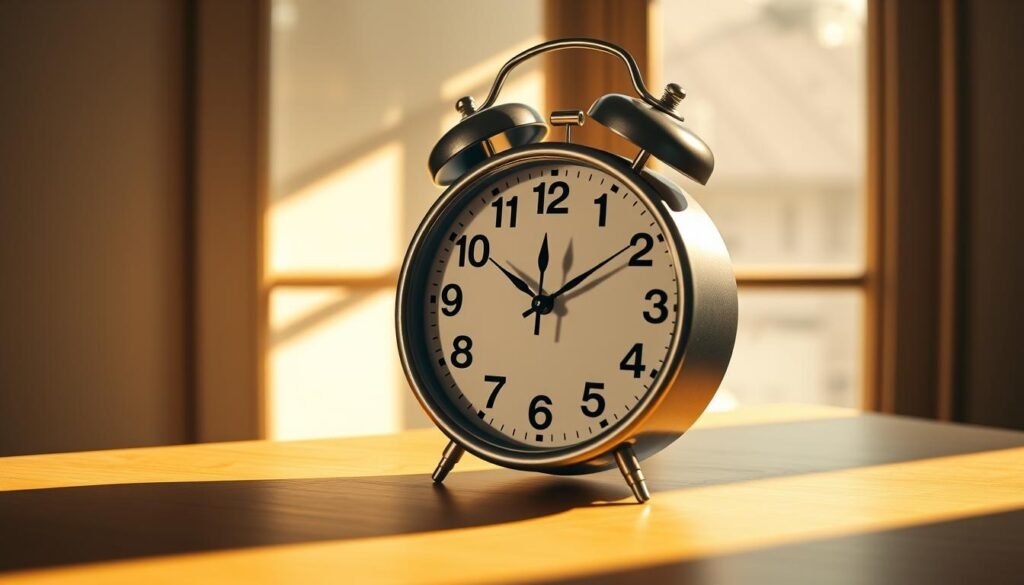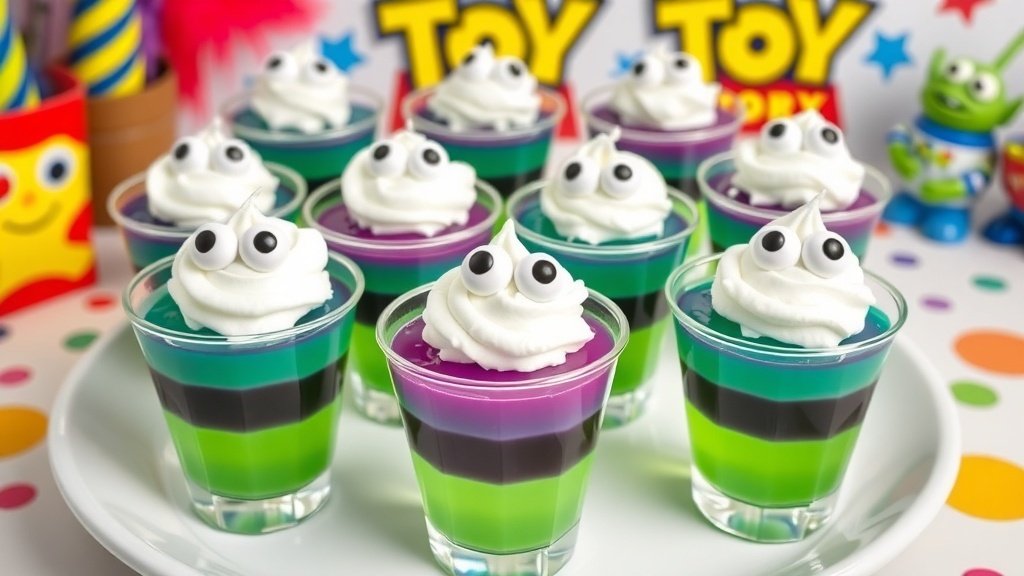I still remember the first chaotic afternoon when homework, snacks, and play all collided on my kitchen counter. I wanted calm for my kids and a simple way to show them what comes next. That’s how I found the color-blocked idea from Kids Activities Blog and adapted it to fit our family.
I’ll walk you through a friendly DIY setup that uses a basic wall clock, colored segments, and a matching key so the evening schedule becomes obvious at a glance. This approach helps kids visualize minutes, makes transitions smoother, and keeps our home evenings lighter.
In the next parts I’ll explain which clock and colors I chose, how to track progress, and simple ways to keep the plan flexible when plans change. My goal is a calm, useful system that builds confidence and keeps the day moving without stress.
Why I Built a Color-Coded After-School Routine Clock for My Kids (and Me)
When our evenings felt like one long scramble, I made a simple visual fix that changed how we moved through the day.
I built a school routine clock because too many things were crammed into too little time and we kept missing markers in the evening. The color-coded idea I adapted assigns each block a color and pairs it with a small key on the wall. That way the schedule is obvious at a glance.
The routine clock helped me cue transitions without nagging. The color blocks turned fuzzy minutes into clear steps: homework, play, dinner, bath, bedtime. It also made the plan visible so we stopped scrambling and preserved restful evenings for the whole family.
- Easier cues for parents to lead transitions
- Clear labels that keep activities visible
- Less decision fatigue and fewer renegotiations
| Before | With Color System | Result |
|---|---|---|
| Fragmented evenings | Color-coded blocks on a clock face | Smoother flow and fewer reminders |
| Unclear task order | Wall key matching each color | Visible plan everyone can follow |
| Bedtime creeping later | Wind-down color signals | Better bedtime protection |
This small idea didn’t require perfection—just a clock, a few colors, and a willingness to try something practical. Next I’ll show what you need to set one up at home.
What You Need to Set Up a School Routine Clock at Home
A plain clock and a handful of markers gave us a quick, visible plan for the day. I kept the setup simple so anyone can copy it in minutes.
DIY materials
I grab a basic wall clock with a plain face, a set of permanent markers or dry-erase markers, and a printable chart that lists activities. If I go permanent, I remove the back, color the segments, then reassemble the face.
Picking colors and blocks
I pick bright, kid-friendly hues and match each color to a block on the clock. Then I print a kids schedule key and color the lines to match so the schedule is obvious at a glance.
Placement and budget notes
I hang the clock at eye level and mount the printable key just below it. For siblings or AM/PM builds, a two-pack of budget clocks can help. I disclose any affiliate links used and note which products I recommend.
- Use dry-erase for flexible days.
- Label colors clearly on the school schedule chart.
- Choose bolder pens if lighting is low.
How I’m Teaching Time Management After School Routine Clock: Step-by-Step
I wanted a single glance to show what comes next, so I transformed our clock face into a map of our night. Below are the simple steps I use to set up a color clock and a matching kids schedule that everyone can read at a glance.
Prep the face
I open the back of the clock and sketch light tick marks to map exact times before coloring. Then I use fine-tip markers to fill segments so each block stands out from across the room.
- Remove the back to reach the face and mark the target times.
- Color each segment with a distinct hue using permanent or dry-erase markers.
- Reassemble the clock, test the hands, and confirm it keeps accurate time.
Create a matching key
I print a simple kids schedule and color each line to mirror the face. I hang the printable key under the clock so we can track which activity comes next without asking.
Sample PM schedule blocks
| Activity | Times | Color |
|---|---|---|
| Homework | 4:00–5:00 pm | Blue |
| Play | 5:00–6:00 pm | Green |
| Dinner / Bed prep | 6:00–7:30 pm | Orange |
| Bedtime | 7:30–8:30 pm | Purple |
Daily review habit
Each night I sit with my child and preview tomorrow’s school schedule, confirming activities and times. We adjust colors if needed so mornings start with clear expectations and less fuss.
Smart Variations: AM/PM Clocks, Erasable Options, and Parent-Centric Tweaks
I made a twin color face so our mornings and evenings both show clear steps at a glance. That small change ended many last-minute panics and helped everyone know what’s next without asking.
Make a morning color clock
I built a morning color clock with segments for wake up, breakfast, brush teeth, and bus. I hang the AM and PM faces side-by-side on the wall with the kids schedule chart between them.
Erasable approach for shifting days
For flexible weeks I use dry-erase markers on the plastic face and a framed printable as the key. That lets me erase blocks, tweak times, and update activities without opening the back.
When the plan is really for parents
If the system is mainly for me, I pair both clocks with a simple family calendar. That maps practices and games to color blocks and keeps homework and bedtime predictable.
Troubleshooting common hiccups
- For strong-willed kids, hand them the markers during nightly review so they own the plan.
- Shorten blocks on busy days and add small buffers around activities to prevent spillover.
- Be transparent about gear—when I link to a reliable clock, frame, or markers I note affiliate links so readers know why I recommend them.
Bring It Home: A Simple Way to Keep Kids on Track Today
I started small — one or two colored blocks to focus our afternoon. Assemble the routine clock, color the after-school blocks for homework, play, dinner, bath, and bed, and post a matching chart beneath it on the wall.
Each night I review the next day’s school routine and adjust marks with erasable pens if plans shift. For full coverage, add a second clock for mornings and a calendar beside both to match colors to busy school days.
This diy idea is low-effort but high-return: bold colors cue one task at a time, kids pick up the rhythm, and I get calm evenings without constant reminders. Try one block tonight and see how the plan changes the day.







